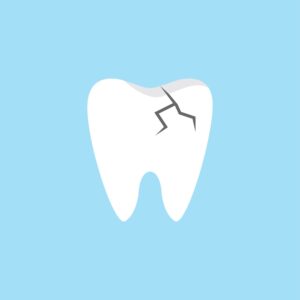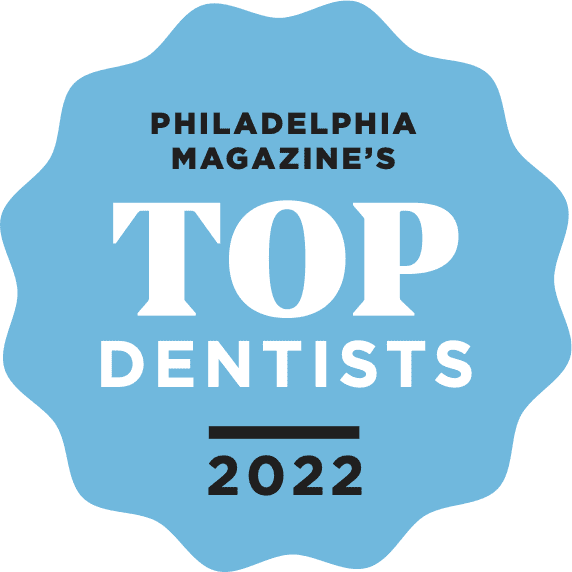Your strong teeth can chew and bite without issue most of the time. But under extreme amounts of pressure, the durable tooth might chip, crack, or fracture. Tooth breakage can disrupt the look of your smile, but it also leaves the tooth vulnerable to infections and further harm.
A crack can deepen without urgent treatment from a dentist as well. So do not delay reaching out to your dentist if you suffer this type of injury.
But a tooth fracture does not always have clear symptoms, so it is important to recognize what this injury looks like prior to this dental emergency. Discover signs that point to a broken tooth as well as potential treatments from your dentist that can help you fix this serious dental injury by reading on.

Symptoms of a Fractured Tooth
You might imagine that a tooth fracture comes with a visible crack or chip on the tooth’s surface. In some cases, this is true. You may even notice dark discoloration near the injury on the tooth as well.
However, you cannot always see visible symptoms like this in the event of a fractured tooth. The primary symptom of this dental injury is pain. You may experience severe throbbing pain that may intensify when you apply pressure by biting down on an item.
This pain might also seem intermittent, seeming to fade when you stop biting down. This type of pain is known as tooth sensitivity. It occurs because the underlying nerve within the tooth becomes exposed when the enamel sustains damage. Pain of any kind is abnormal and warrants urgent attention from your dentist.
You could also notice swelling within the mouth or around the jaw due to the serious injury. But not all dental fractures present with these evident symptoms. So if you suspect you broke a tooth, you should contact your dentist right away for an evaluation.
Treatment Options for Dental Fractures
Treatment for a fractured tooth will depend on the severity of the injury. In the case of fractures on the cusp of the tooth, the part above the gumline, a dentist may use a dental crown. This ceramic cap will seal over the tooth’s surface with dental cement for long-lasting protection for the injury and restoration of the tooth’s function and structure.
However, if the tooth breakage extends toward the root of the tooth below the gumline, the dentist may need to extract the tooth. Otherwise, it will remain vulnerable to infections and other dental damage that can extend to the rest of your smile. In some cases, the dentist may only need to remove the damaged portion of the tooth.
The dentist will use x-ray imaging to view the extent of damage to the tooth. Then they can determine the best treatment to restore your oral health in the wake of this dental injury. Discuss your dental goals with your dentist to ensure you remain proud of your smile as you treat this tooth breakage.






